Corporate needs to tailor their needs to develop culture as their corporate asset, track culture as their footprint, catalyze culture as their soft competency and improve culture as their differentiated advantage.
In fact, culture represents the 'box' in which decisions and actions occur. It becomes the way we discover ourselves, do business to delight customers. It is our brand promise. In essence, enterprise culture is "learned, knowable, measurable, modifiable, and manageable."
Learned: We live in the knowledge economy, culture is the residue of learning." A company's culture helps to define what a company is like; what it means to be part of the company, how to act in the company, what others in the company believe and strive for even how others see the company. Every corporate failure is rooted in intolerance and totality of ignorance. Culture can be learned and culture of learning is one of the most desired success factors in running a digital organization. The culture of continuous learning and improvement means to continue to discover that "there is always a better way," to improve quality.
The spirit comes from the top; leaders set a culture based on their vision and leadership substance and style. Much of this becomes "the way we do things around here," the mindset, the learning attitude and collective behavior and the corporate brand. We don't want insensitive organizations becoming more prevalent. Data-driven and learning based corporations have “sense and sensibility” to grasp opportunities and risks, have clear goals, mission, drive strategic change management, create differentiated business value and track quantitative performance results.
Knowable: Just like the air, culture is invisible, but knowable; we need to keep it fresh, it’s the oxygen in the business to boost our energy. The involvement of the employees would also depend on the culture and size of the organization in question. Cultural fit is a key factor in attracting and retaining the right talent. The management’s role is to tap into the collective power of this and assist in the articulation of such. To innovate culture and spread the positive culture message, top leaders must become change agents and learning champions, to make smooth mind shifts, from a static analog mode to a dynamic digital mode, be aware of culture gaps; be skillful to deal with situations that you have not dealt with before, possess the confidence and experience to be entrepreneurial.
Culture takes all forms - some 'out of control cliques' and some 'microcosms of diversity.' And sometimes in businesses, what is taken for a problem in culture is really something situational. It should investigate ways to enhance and empower the positive aspects of the culture so that it becomes self - actualized. The collective mindset and attitude - culture change can take place at any level of any organization, from employees always seeking better ways to achieve their work, to the middle managers and senior executives leading digital transformation. Culture is critically important to a business's success so it is appropriate for business leaders to be a bit obsessed with it.
Modifiable: Culture is an organizational habit; culture by this definition is not highly malleable and tends to be resistant to change, like a habit. People are emotionally attached to those things being possessed, and the majority of people have the fear to move out of their comfort zone. But culture is like an operating system, once a while, we need to reboot to keep it functioning smoothly. Even though it is difficult to change human nature, it’s still possible, and takes effort and time. Culture change is a slow and complicated process. But culture is modifiable.
Culture is the foundation to build differentiated business competencies. The highest-rated competencies could be very short-lived if the organization lacks the culture to rate and retain the value system beyond the business results. Whereas the cultural aspect is an intrinsic factor that drives the organization's business longevity. An organization with an excellent culture is arguably capable of giving great results in their competencies. Culture change is top down. Whatever the leadership encouraged, excused, or condoned shapes what culture turns to be, so they brought it upon themselves.
Measurable: The advanced digital workforce continues to depoliticize working culture, dismantle bureaucracy, solve business problems via multi-dimensional thinking & multiple choice of solutions. Culture is intangible and the value of culture is multifaceted, more qualitative than quantitative. Culture is difficult to "measure" because the measurement of culture is not only one dimension such as financial or a technical point, it’s a multi-dimensional evaluation. If the value of measures is very low compared to the cost of measuring Culture. It will be grossly misleading.
Though it’s hard to measure culture directly, there are logical steps in evaluating its impact indirectly. Cultural mismatch leads to separation. There are pitfalls when assessing culture only based on silo data, but not a holistic view. In practice, Organization Structure and Employee Engagement are the key drivers to corporate culture, so you can measure those drivers of culture in an organization and use those driver measurements to see if you are creating the culture that you want, focus on culture vision, not habit myopia, and further review it to nurture cultural integrity and improve cultural maturity.
Manageable: Culture is soft like the water, also hard - culture is analogous to the foundation of a building - you can architect and construct the best building in the world, but doing so on a shaky foundation is a waste of time. Leaders set the tone, but they aren't the only ones who set the culture; culture is what people do when managers are not around. In fact, when leaders think the culture is one thing, but those at lower levels have a different experience it can create even more issues. Everyone in an organization 'owns' the culture with their part in it.
Culture can be changed and is manageable. People need time to assimilate change and work through the issues that result from the change, moving from the emotional to the rational. Change isn't always in our control, but it is amazing how much control we have in adapting to it. “Command & control” is obviously not the right way to influence culture. It’s usually a slow evolution with gentle touch as sometimes you need to change the brief or conventional wisdom- removal of something old and familiar, and replaced with some advanced thinking and value. What a culture champion most often does is to harness the skills, talent, drive, passion and enthusiasm for the whole organization and direct that to a unified culture and shared goal for reaching the next level of business transformation.
In high-integrity cultures, every person has the opportunity to exhibit cultural taste by upholding the company core values and missions. That only changes the culture if coworkers, management, and leadership allow those mindsets, behaviors and actions to define the company. Culture change is slow, but it’s worth the effort. There is no prescriptive formula to shape or change culture. Corporate needs to tailor their needs to develop culture as their corporate asset, track culture as their footprint, catalyze culture as their soft competency and improve culture as their differentiated advantage.
Learned: We live in the knowledge economy, culture is the residue of learning." A company's culture helps to define what a company is like; what it means to be part of the company, how to act in the company, what others in the company believe and strive for even how others see the company. Every corporate failure is rooted in intolerance and totality of ignorance. Culture can be learned and culture of learning is one of the most desired success factors in running a digital organization. The culture of continuous learning and improvement means to continue to discover that "there is always a better way," to improve quality.
The spirit comes from the top; leaders set a culture based on their vision and leadership substance and style. Much of this becomes "the way we do things around here," the mindset, the learning attitude and collective behavior and the corporate brand. We don't want insensitive organizations becoming more prevalent. Data-driven and learning based corporations have “sense and sensibility” to grasp opportunities and risks, have clear goals, mission, drive strategic change management, create differentiated business value and track quantitative performance results.
Knowable: Just like the air, culture is invisible, but knowable; we need to keep it fresh, it’s the oxygen in the business to boost our energy. The involvement of the employees would also depend on the culture and size of the organization in question. Cultural fit is a key factor in attracting and retaining the right talent. The management’s role is to tap into the collective power of this and assist in the articulation of such. To innovate culture and spread the positive culture message, top leaders must become change agents and learning champions, to make smooth mind shifts, from a static analog mode to a dynamic digital mode, be aware of culture gaps; be skillful to deal with situations that you have not dealt with before, possess the confidence and experience to be entrepreneurial.
Culture takes all forms - some 'out of control cliques' and some 'microcosms of diversity.' And sometimes in businesses, what is taken for a problem in culture is really something situational. It should investigate ways to enhance and empower the positive aspects of the culture so that it becomes self - actualized. The collective mindset and attitude - culture change can take place at any level of any organization, from employees always seeking better ways to achieve their work, to the middle managers and senior executives leading digital transformation. Culture is critically important to a business's success so it is appropriate for business leaders to be a bit obsessed with it.
Modifiable: Culture is an organizational habit; culture by this definition is not highly malleable and tends to be resistant to change, like a habit. People are emotionally attached to those things being possessed, and the majority of people have the fear to move out of their comfort zone. But culture is like an operating system, once a while, we need to reboot to keep it functioning smoothly. Even though it is difficult to change human nature, it’s still possible, and takes effort and time. Culture change is a slow and complicated process. But culture is modifiable.
Culture is the foundation to build differentiated business competencies. The highest-rated competencies could be very short-lived if the organization lacks the culture to rate and retain the value system beyond the business results. Whereas the cultural aspect is an intrinsic factor that drives the organization's business longevity. An organization with an excellent culture is arguably capable of giving great results in their competencies. Culture change is top down. Whatever the leadership encouraged, excused, or condoned shapes what culture turns to be, so they brought it upon themselves.
Measurable: The advanced digital workforce continues to depoliticize working culture, dismantle bureaucracy, solve business problems via multi-dimensional thinking & multiple choice of solutions. Culture is intangible and the value of culture is multifaceted, more qualitative than quantitative. Culture is difficult to "measure" because the measurement of culture is not only one dimension such as financial or a technical point, it’s a multi-dimensional evaluation. If the value of measures is very low compared to the cost of measuring Culture. It will be grossly misleading.
Though it’s hard to measure culture directly, there are logical steps in evaluating its impact indirectly. Cultural mismatch leads to separation. There are pitfalls when assessing culture only based on silo data, but not a holistic view. In practice, Organization Structure and Employee Engagement are the key drivers to corporate culture, so you can measure those drivers of culture in an organization and use those driver measurements to see if you are creating the culture that you want, focus on culture vision, not habit myopia, and further review it to nurture cultural integrity and improve cultural maturity.
Manageable: Culture is soft like the water, also hard - culture is analogous to the foundation of a building - you can architect and construct the best building in the world, but doing so on a shaky foundation is a waste of time. Leaders set the tone, but they aren't the only ones who set the culture; culture is what people do when managers are not around. In fact, when leaders think the culture is one thing, but those at lower levels have a different experience it can create even more issues. Everyone in an organization 'owns' the culture with their part in it.
Culture can be changed and is manageable. People need time to assimilate change and work through the issues that result from the change, moving from the emotional to the rational. Change isn't always in our control, but it is amazing how much control we have in adapting to it. “Command & control” is obviously not the right way to influence culture. It’s usually a slow evolution with gentle touch as sometimes you need to change the brief or conventional wisdom- removal of something old and familiar, and replaced with some advanced thinking and value. What a culture champion most often does is to harness the skills, talent, drive, passion and enthusiasm for the whole organization and direct that to a unified culture and shared goal for reaching the next level of business transformation.
In high-integrity cultures, every person has the opportunity to exhibit cultural taste by upholding the company core values and missions. That only changes the culture if coworkers, management, and leadership allow those mindsets, behaviors and actions to define the company. Culture change is slow, but it’s worth the effort. There is no prescriptive formula to shape or change culture. Corporate needs to tailor their needs to develop culture as their corporate asset, track culture as their footprint, catalyze culture as their soft competency and improve culture as their differentiated advantage.


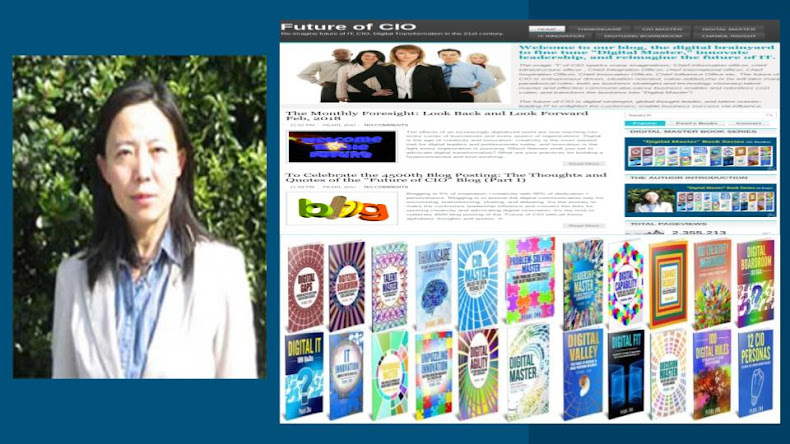













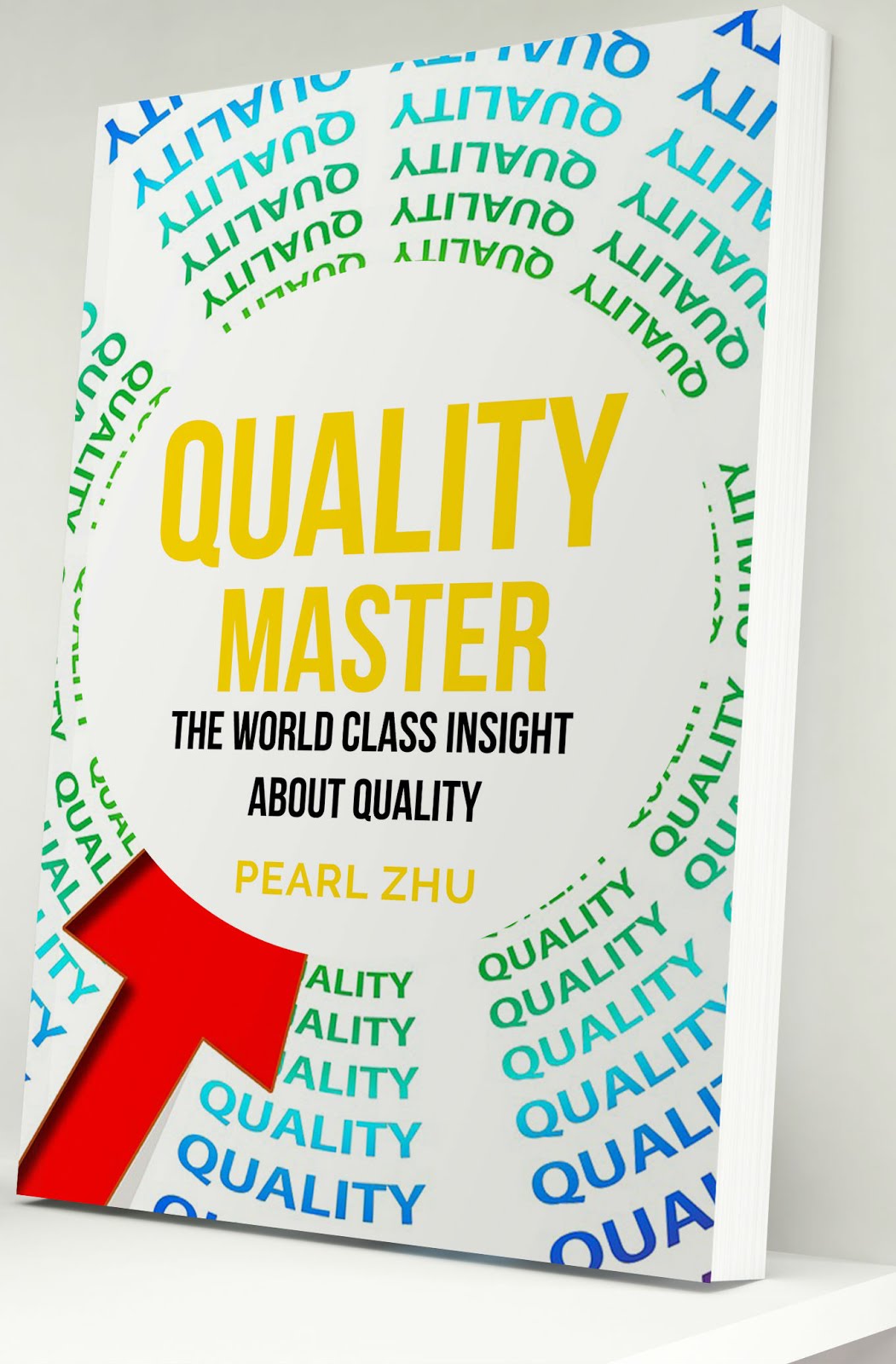
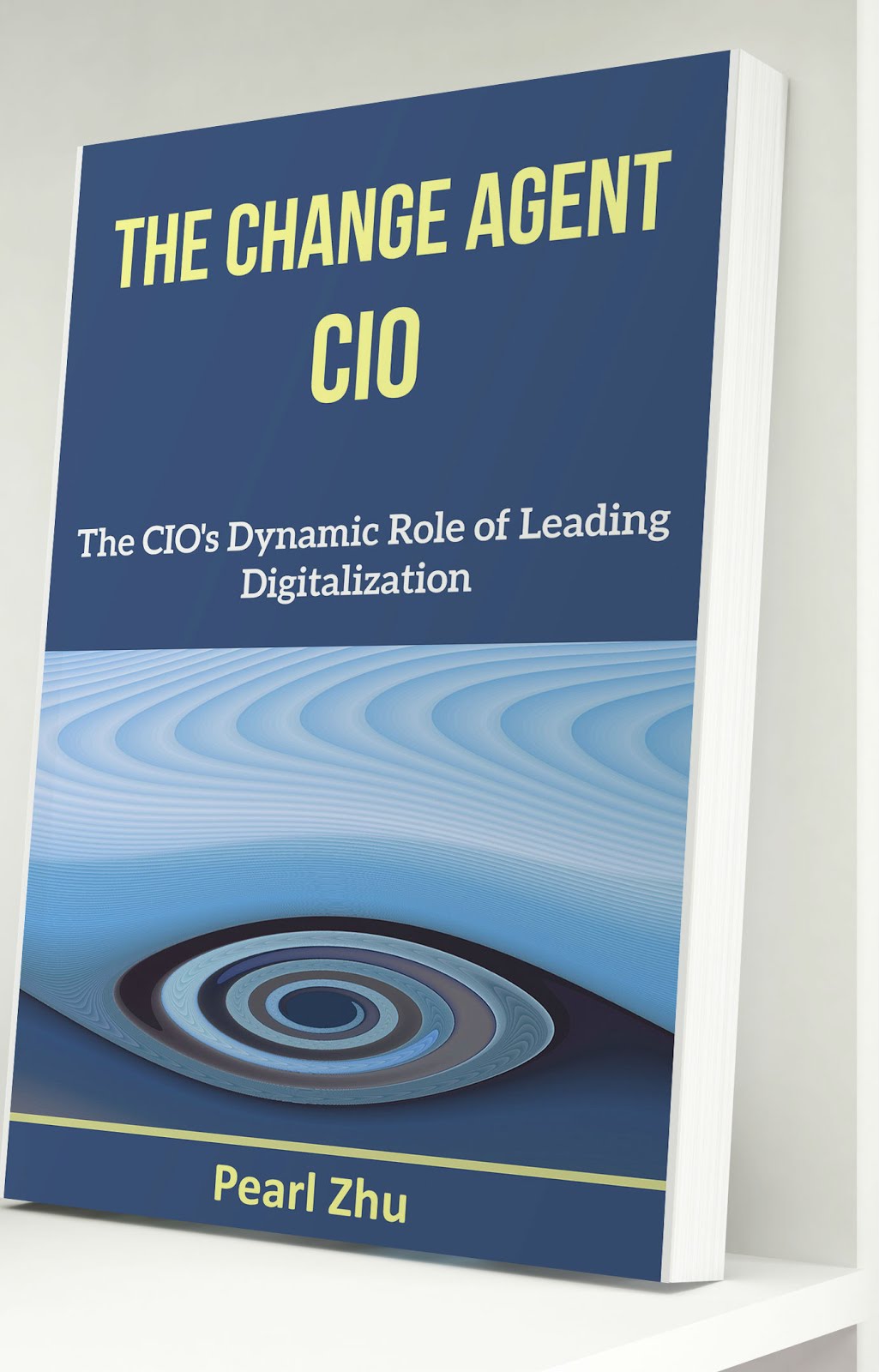


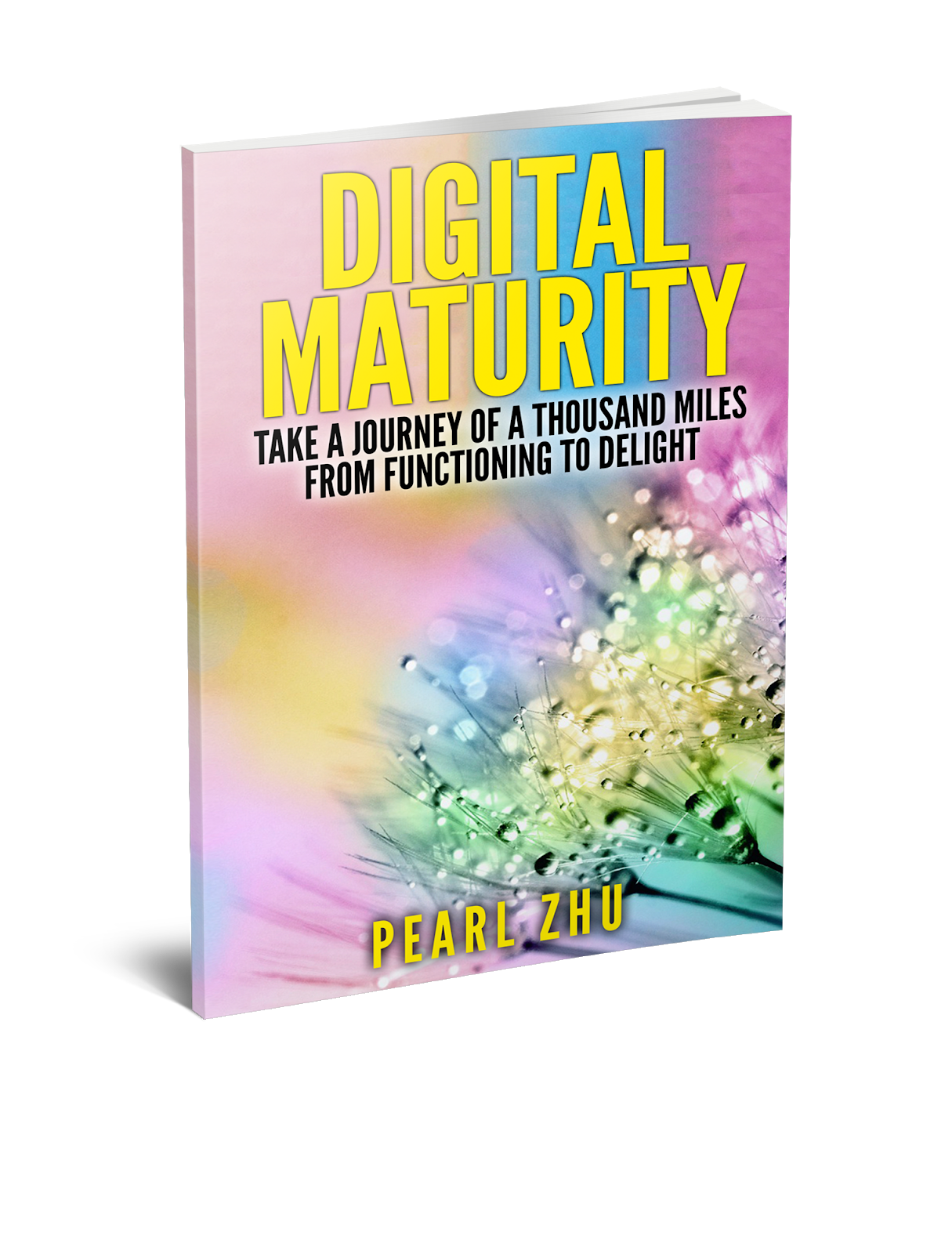
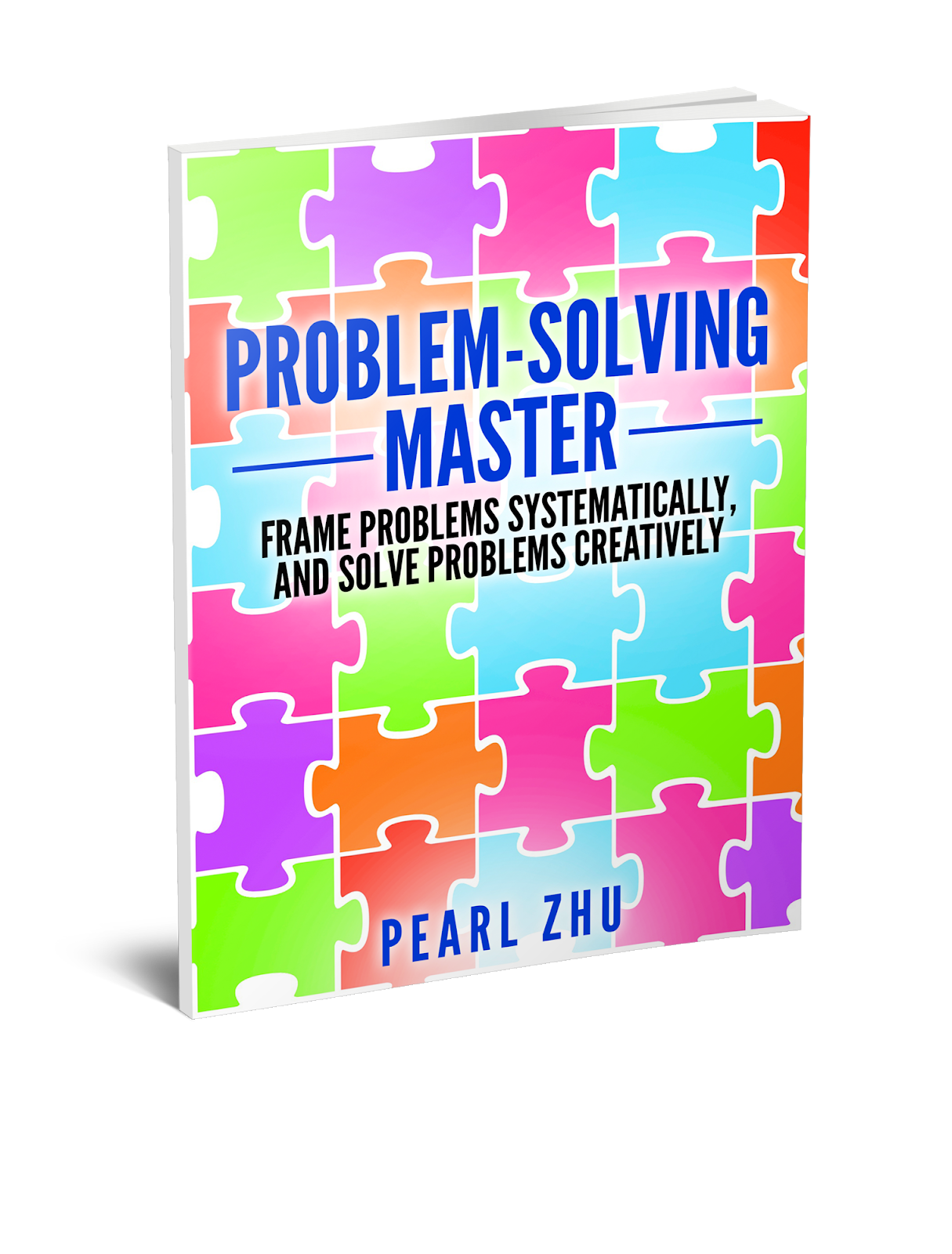
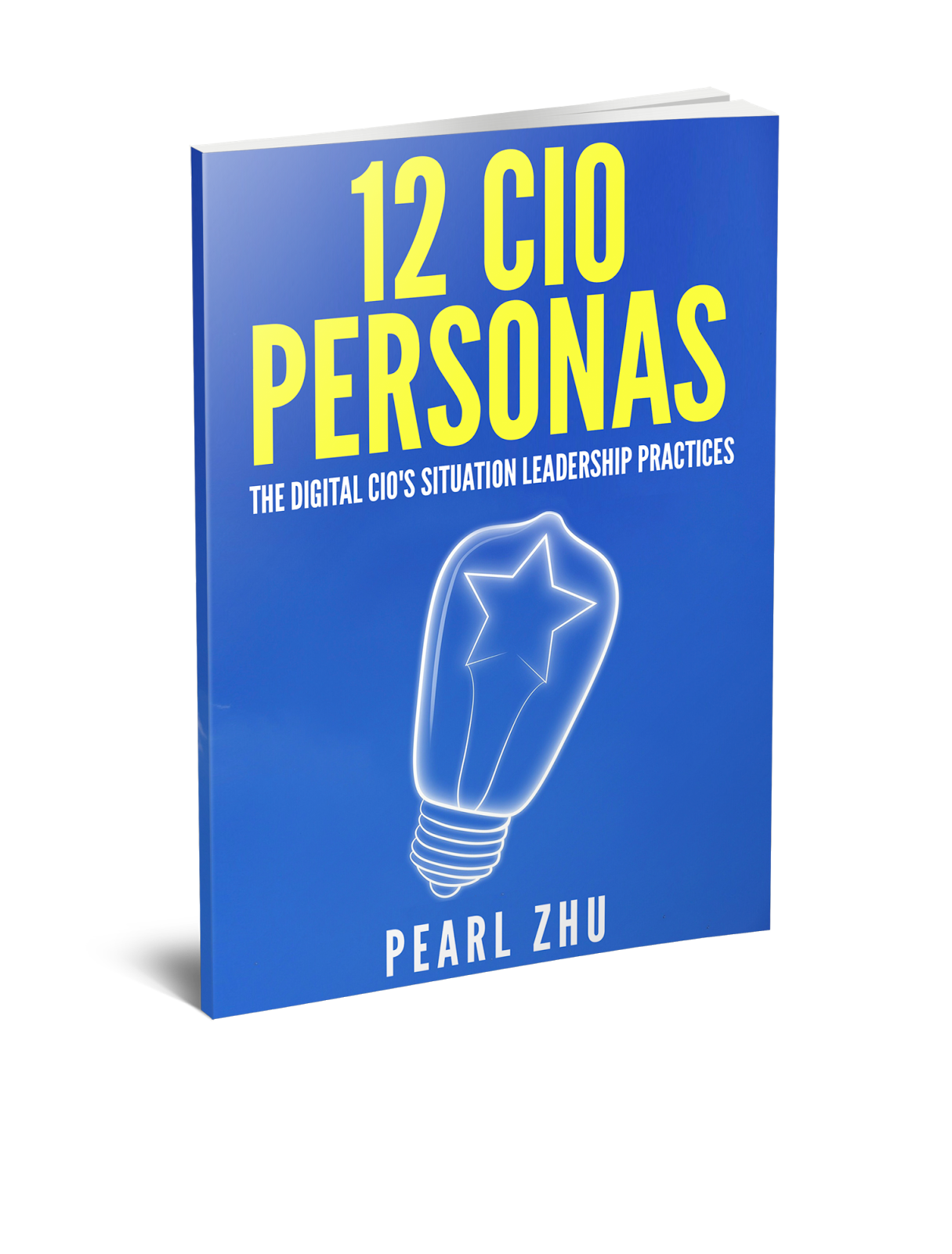
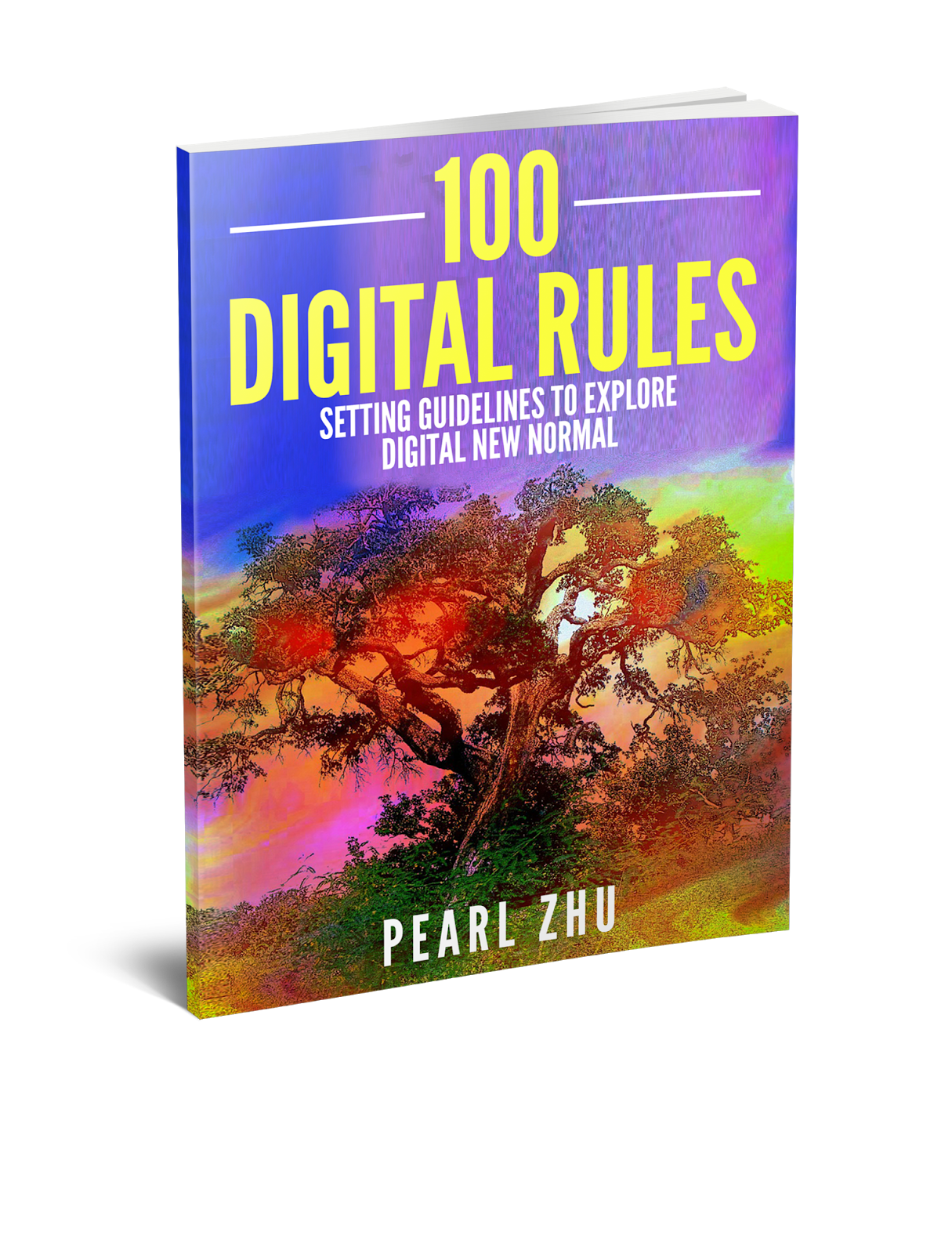
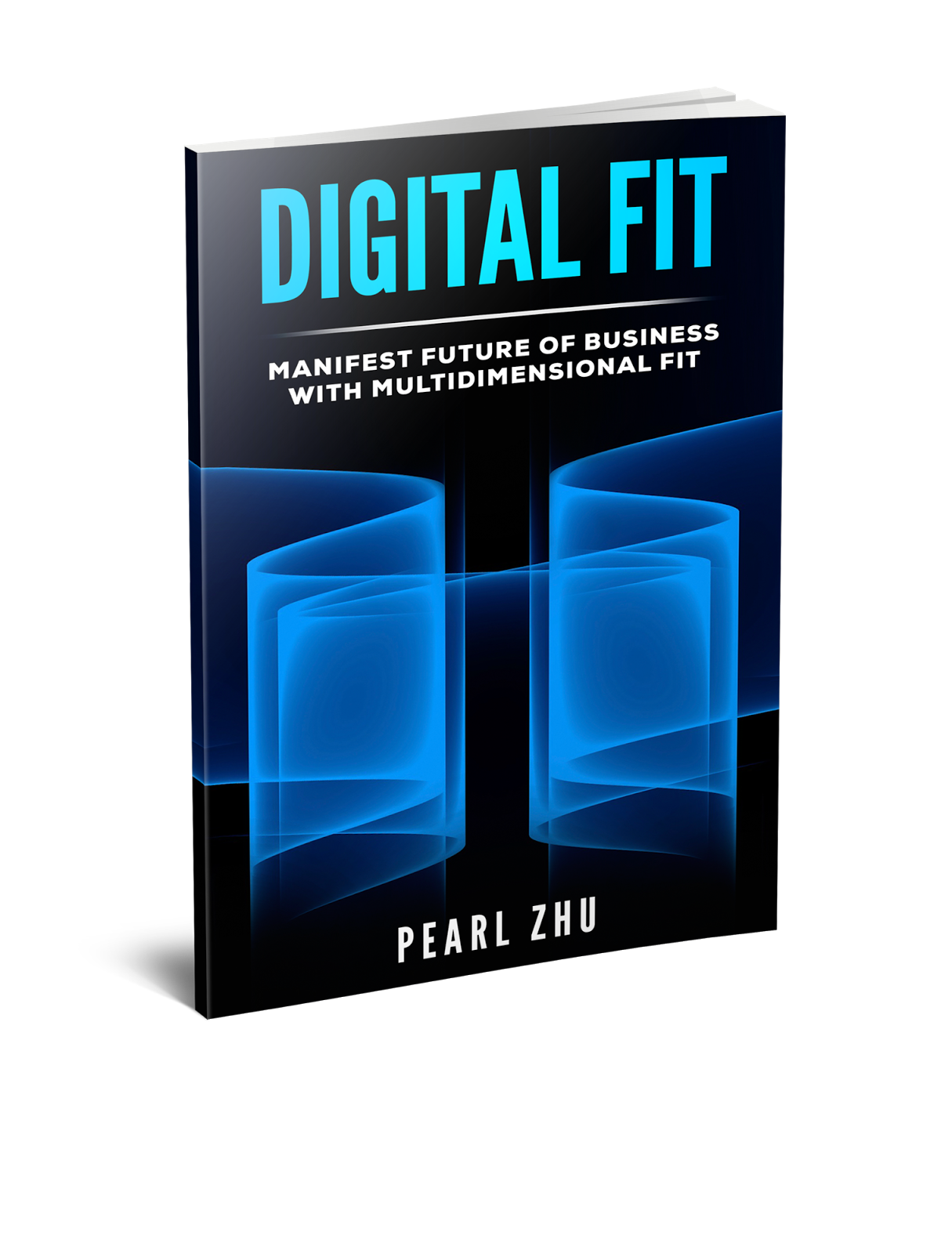

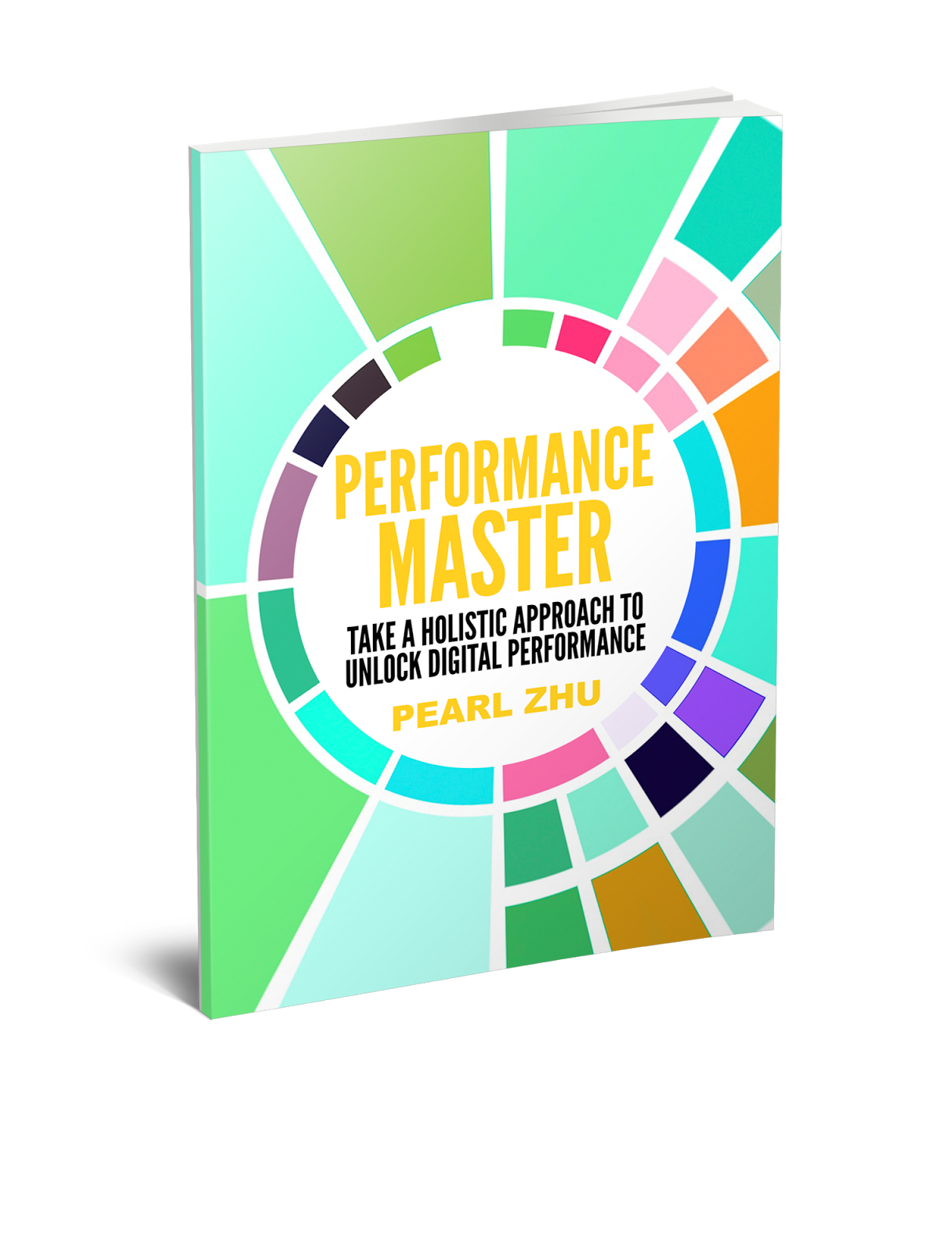
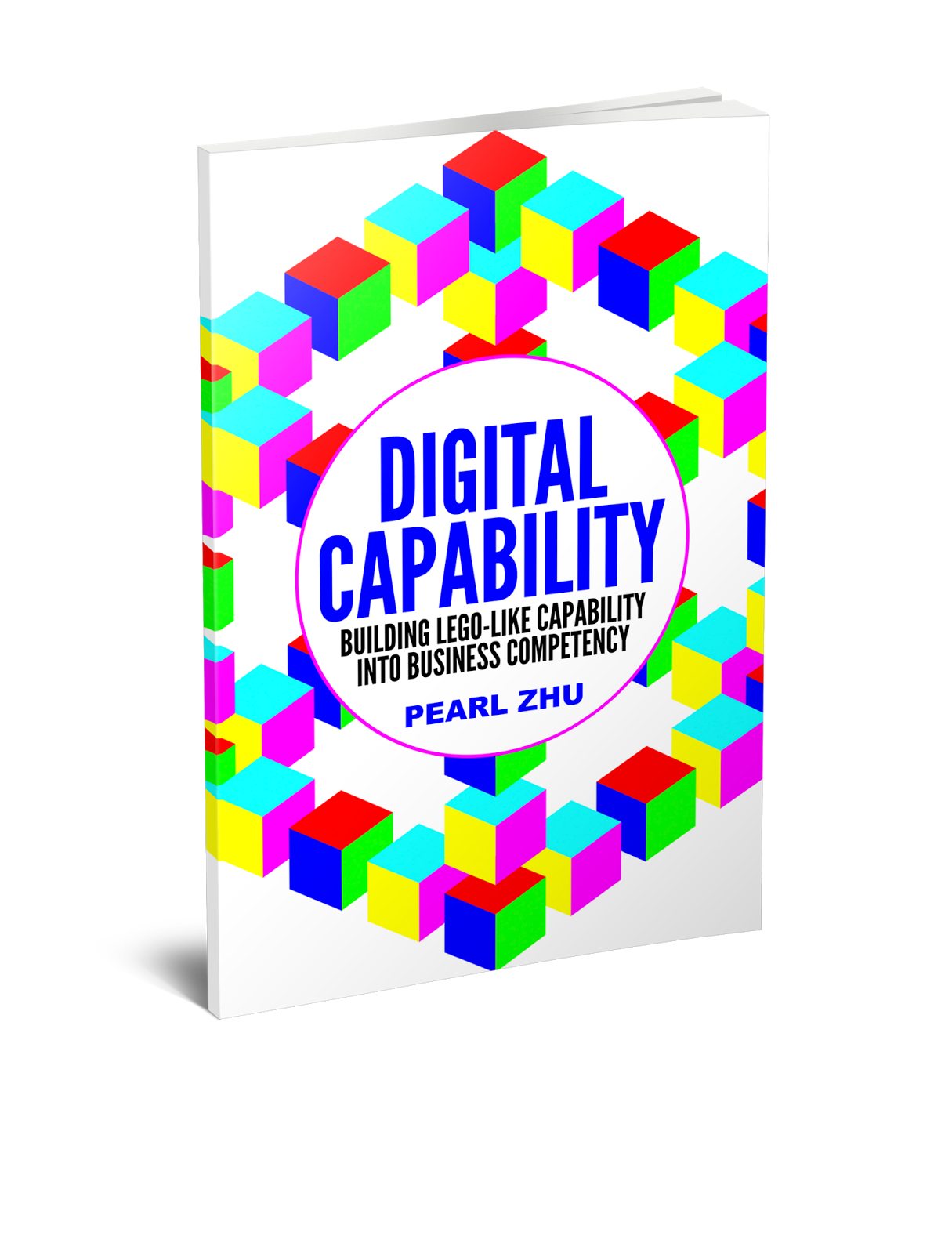




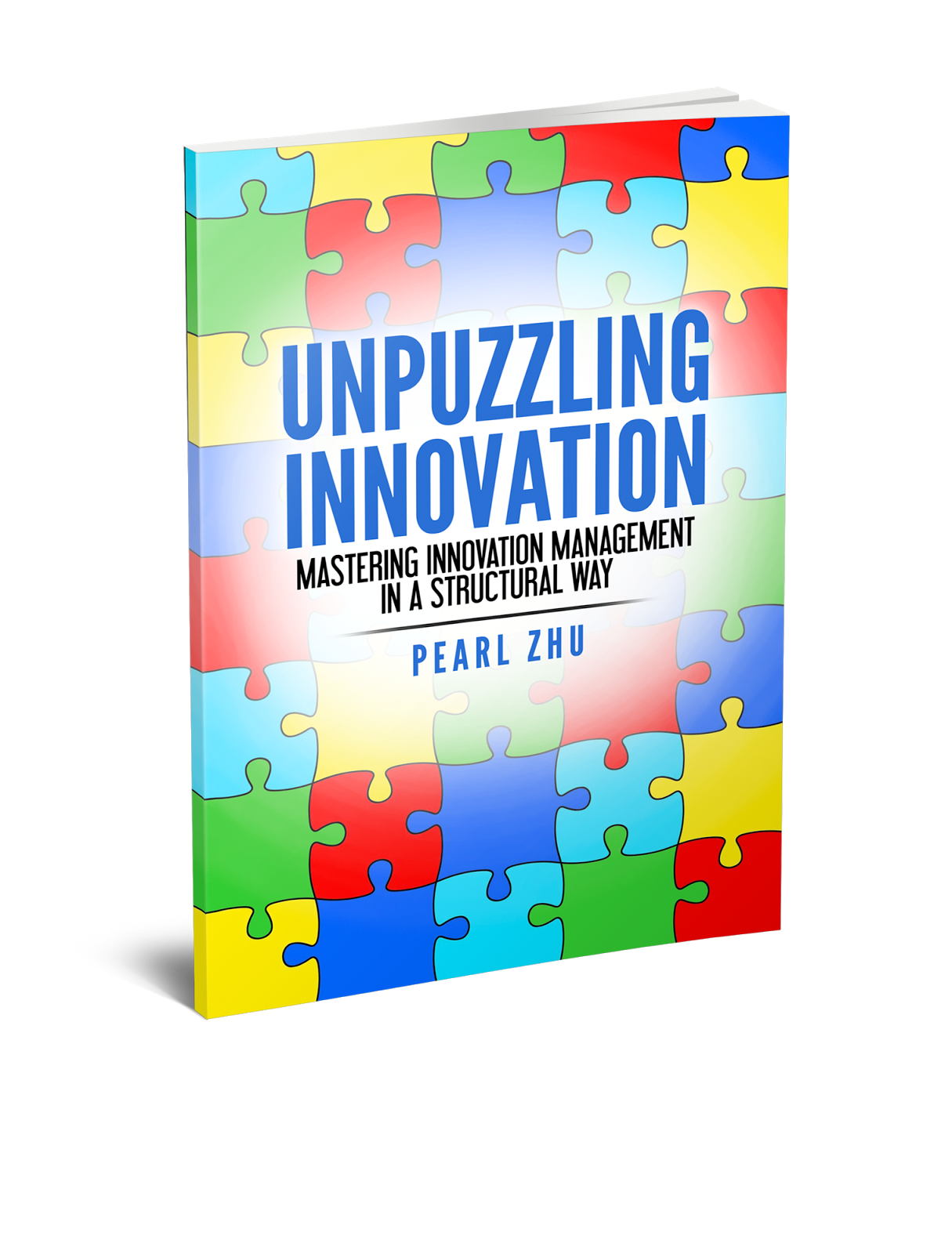
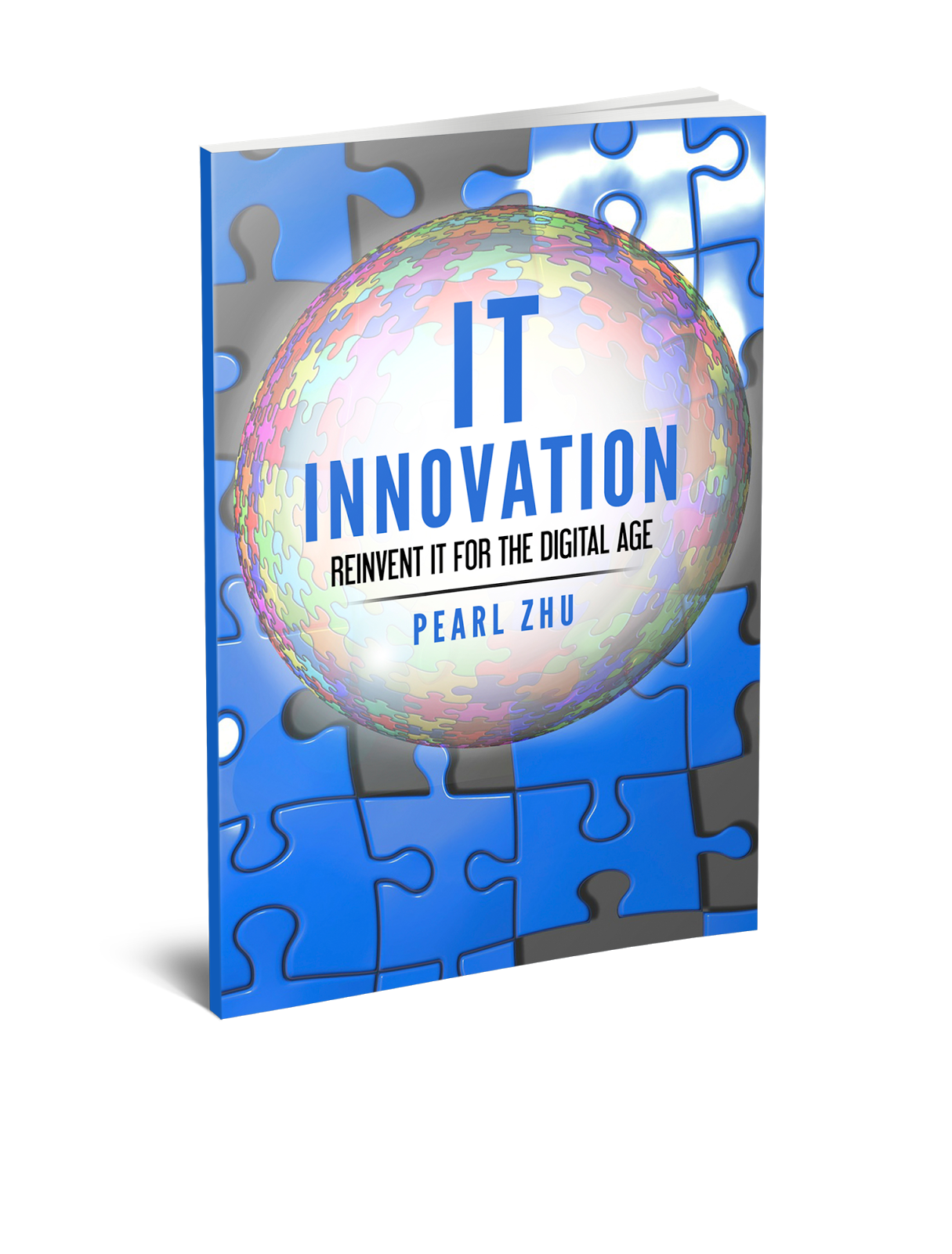






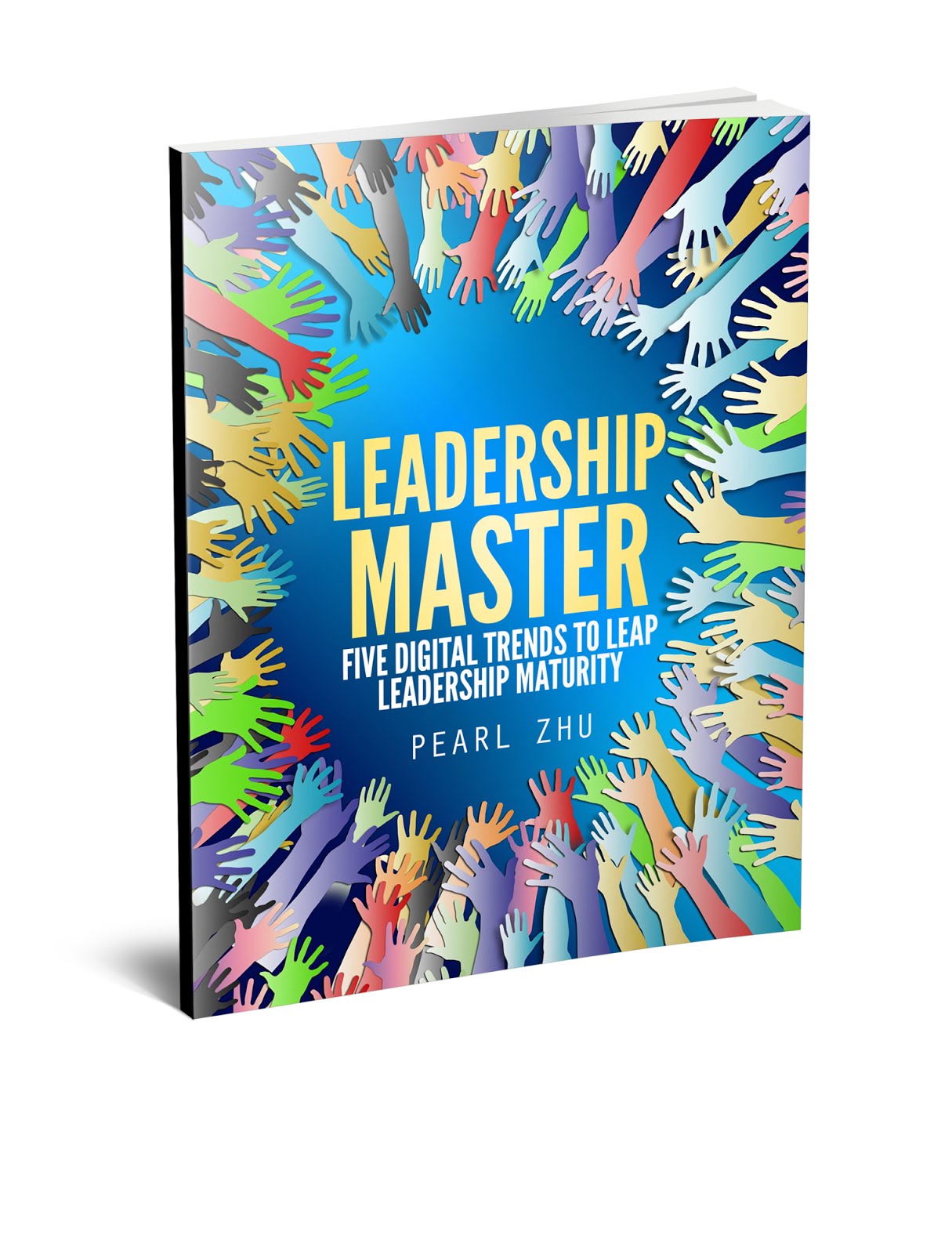


4 comments:
V abs are, in fact, not a muscle. They are just two cords of ligament stemming from the hip. adonis belt
Peroneal Tendonitis are primarily two muscles that run down the outer layer of one’s lower leg. peroneal tendonitis brace
allegro anti aging creme
shrugs exercise benefits treatment for hyperextended knee
donkey kick
Untuk pecinta kulineran soto, Anda tidak perlu cemas karena ada cukup banyak kulineran sehingga nikmat di Jogya yang dapat Anda coba. Diantaranya adalah Soto Pak Marto Tamansari. https://food-pedia.net/ Soto yang ini benar-benar terkenal dan dikenal oleh banyak pihak. Tidaklah aneh bila Soto Pak Marto Tamansari tak pernah sepi pengunjung sehari-harinya. Kulineran yang ini telah ada semenjak tahun 1960.
Babat sapi yang menikmati bumbu manis jadi salah satu sajian favorit pengunjung di Soto Pak Marto Tamansari. Cita-rasanya yang sedap dipandang kulineran yang sayang tidak untuk Anda kunjungi.
Post a Comment